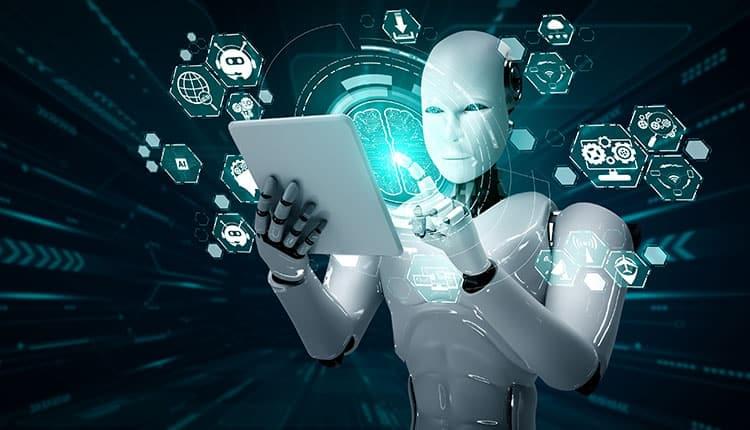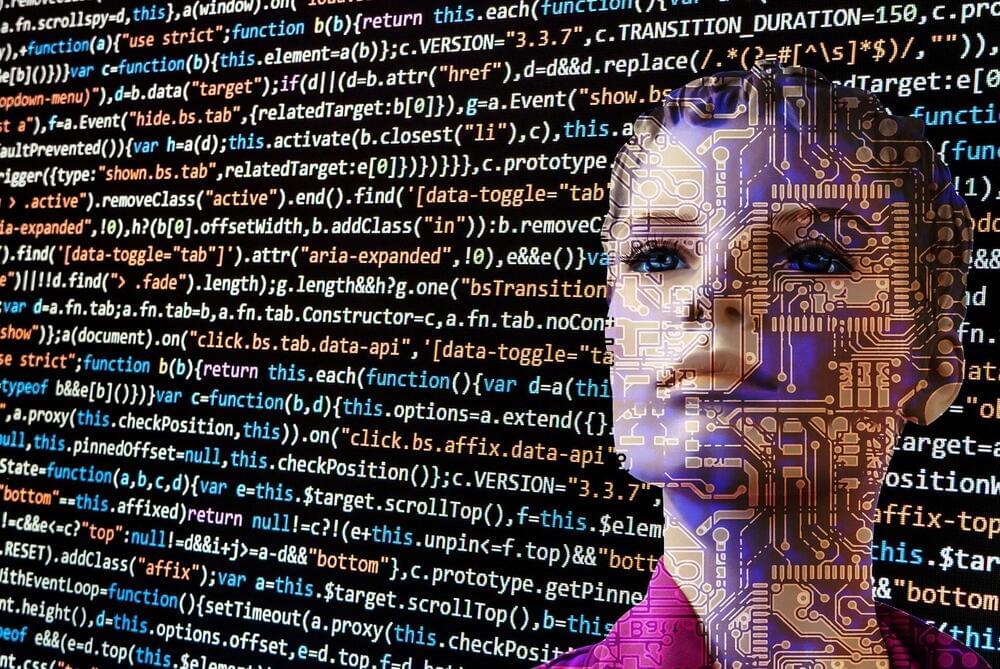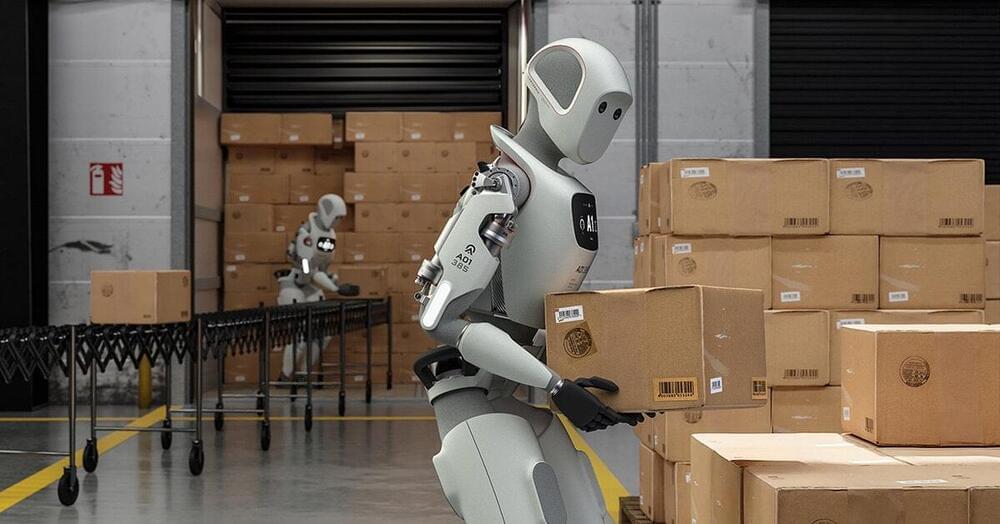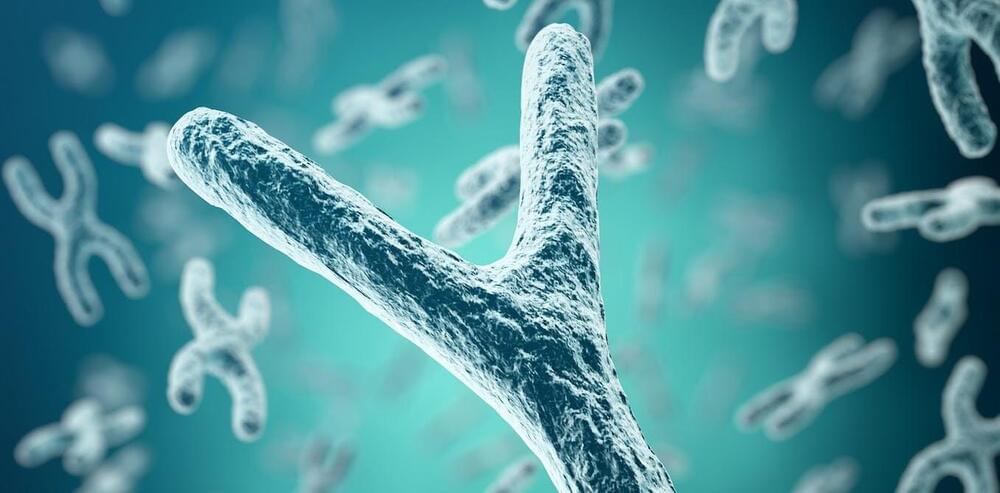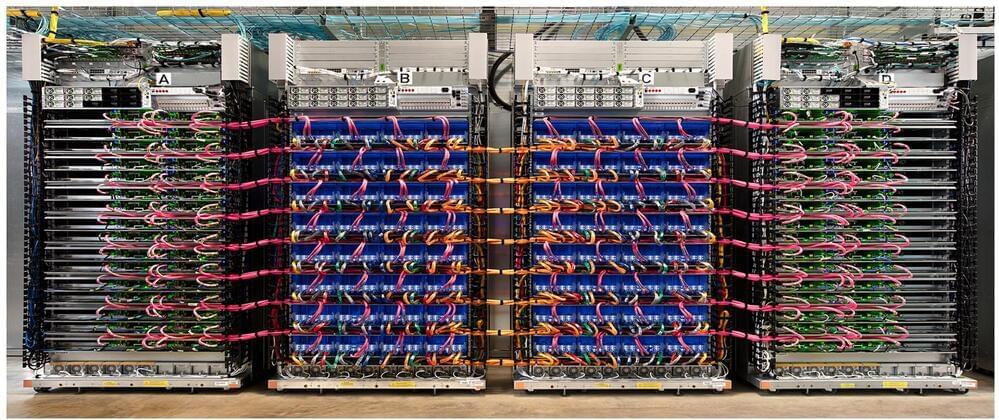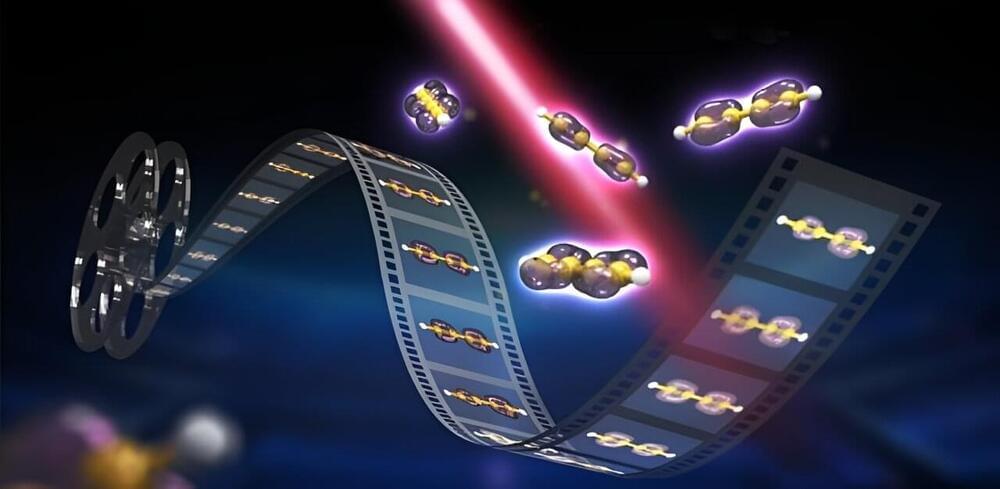Stem cells can be classified based on their ability to specialize. Totipotent stem cells can become any tissue in the body, pluripotent stem cells can become any cell type except for a complete organ, and multipotent stem cells can only differentiate into specific tissue types.
Induced pluripotent stem cells (iPSCs) show promise in treating retinal degenerative diseases. They are created by reprogramming adult cells using Yamanaka factors, allowing them to revert to an embryonic state. These cells provide a virtually unlimited cell source for research and potential therapies.
Scientists are researching several diseases and drug development applications for these cells, highlighting the characteristics that make them an ideal therapy for macular degeneration.

